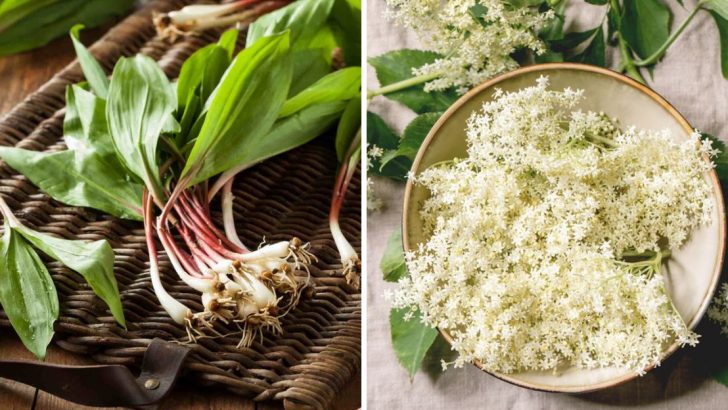Ever wandered through a forest or meadow and wondered which plants could actually feed you? Nature’s grocery store is bursting with free, nutritious options that most people walk right past! Wild foods often pack more vitamins, minerals, and antioxidants than their cultivated counterparts.
The following wild edibles can transform your diet while connecting you to ancient food traditions that humans have relied on for thousands of years.
1. Dandelions
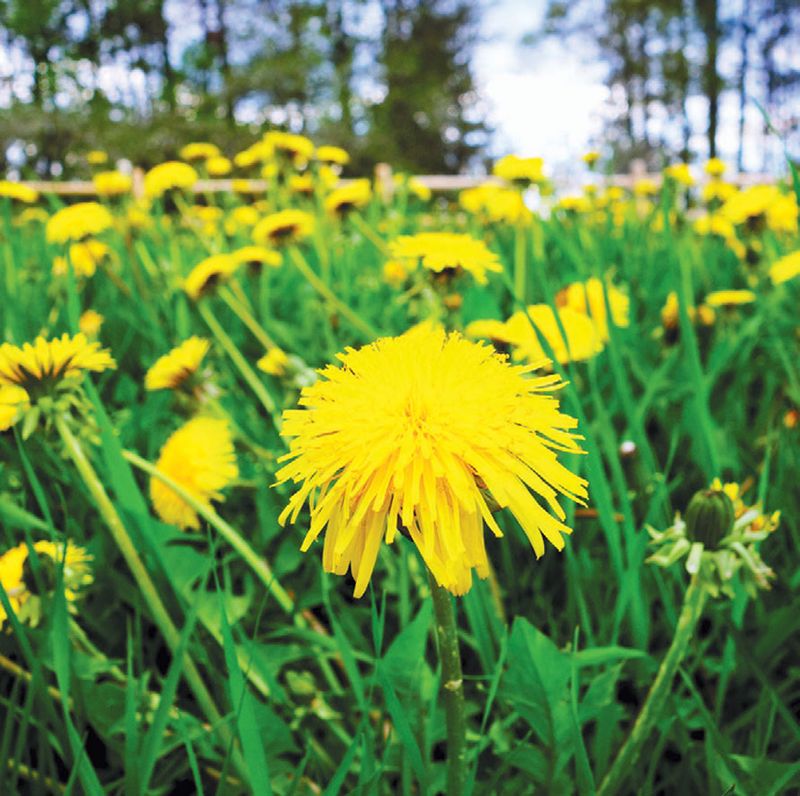
Those pesky yellow flowers invading your lawn? They’re actually nutritional powerhouses! Dandelion leaves contain more vitamin A than carrots and more iron than spinach. The roots can be roasted for a caffeine-free coffee alternative, while the flowers make delicious wine.
Native Americans used dandelions for medicine long before Europeans brought their own traditions across the Atlantic. Every part is edible – from roots to flower tops.
2. Elderflower
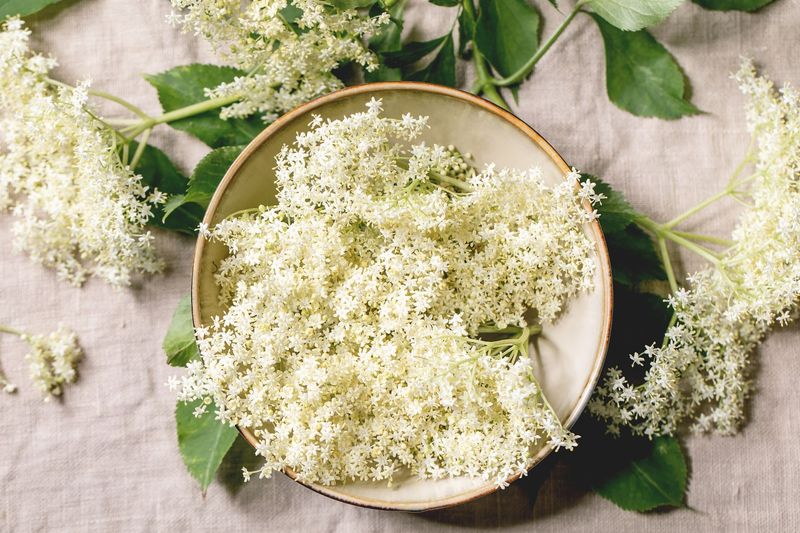
Sweet, fragrant elderflowers transform ordinary drinks into something magical. These creamy white blooms appear in late spring, releasing a heady scent that’s somewhere between honey, vanilla, and citrus. Europeans have made elderflower cordial for centuries to ward off summer colds.
Beyond their intoxicating fragrance, elderflowers contain powerful antioxidants and vitamin C. The tiny blossoms can be dipped in batter and fried into fritters or steeped to make teas that help reduce fever.
3. Ramps
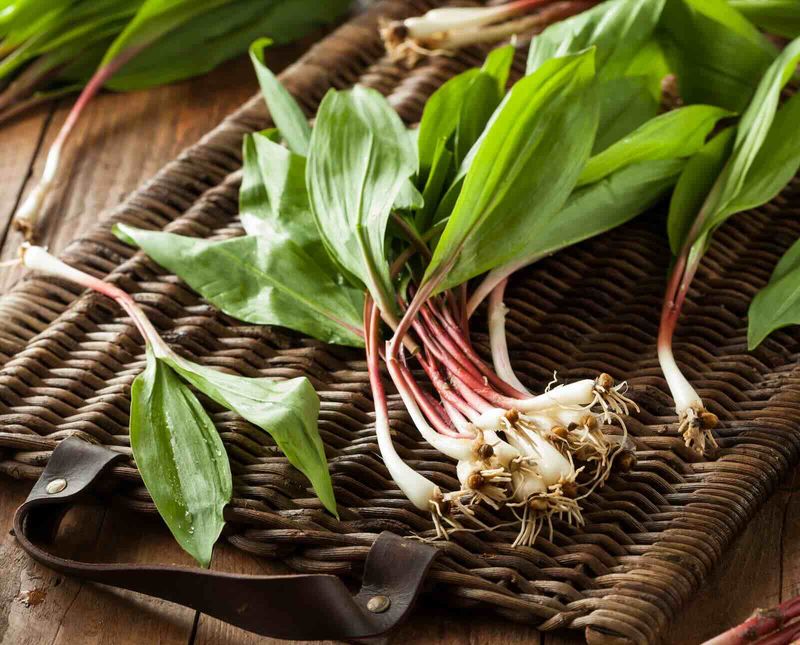
Chefs go crazy for these pungent wild leeks that emerge for just a few fleeting weeks each spring. Ramps combine the best qualities of garlic and onions with a distinctive earthiness that’s impossible to find in cultivated vegetables. Their broad, smooth leaves and white bulbs pack serious nutritional punch with vitamins A and C.
Indigenous peoples celebrated ramps as the first fresh greens after winter. Their arrival signaled the end of food scarcity after long months of preserved foods.
4. Stinging Nettles

Don’t let the sting scare you away! Once cooked, nettles lose their bite and deliver more protein than almost any other leafy green. Medieval Europeans considered them a spring tonic after winter’s dietary restrictions.
Rich in iron, calcium, and vitamins A, C, and K, nettles make incredible soup, pesto, or tea. They’ve been used medicinally for centuries to treat everything from arthritis to allergies. Harvest young plants in spring before they flower for the tenderest greens.
5. Elderberries
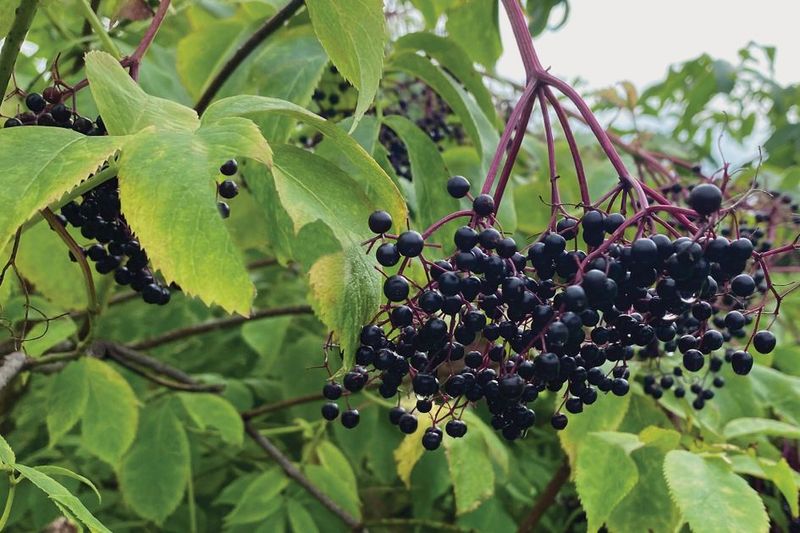
Grandma’s secret weapon against colds wasn’t just folklore! These deep purple berries contain compounds that can actually block flu viruses from replicating. Native American healers prized elderberries for reducing fever and fighting infections.
Loaded with more vitamin C than oranges and packed with immune-boosting anthocyanins, elderberries deserve their superfood status. Never eat them raw though – they contain compounds that can cause nausea.
6. Lamb’s Quarters

Stumble upon this common “weed” and you’ve hit the nutritional jackpot! Lamb’s quarters contains more calcium than milk, more iron than spinach, and three times more vitamin A than its domesticated cousin. The silvery dust on its leaves? That’s a waxy coating protecting the plant, not something to wash away.
Ancient grain farmers actually cultivated lamb’s quarters before modern agriculture favored other crops. Its seeds are related to quinoa and can be harvested and cooked similarly.
7. Chickweed

Gardeners curse it, but chickweed deserves respect! This tender star-flowered plant appears in cool weather, offering vitamin C exactly when winter colds threaten. Its delicate stems and tiny leaves create a refreshing crunch in salads with a flavor reminiscent of corn silk.
Herbalists treasure chickweed for its cooling properties on skin irritations. A chickweed poultice can soothe everything from bug bites to eczema flare-ups. The plant’s high saponin content creates a natural soap-like lather when crushed.
8. Wild Amaranth
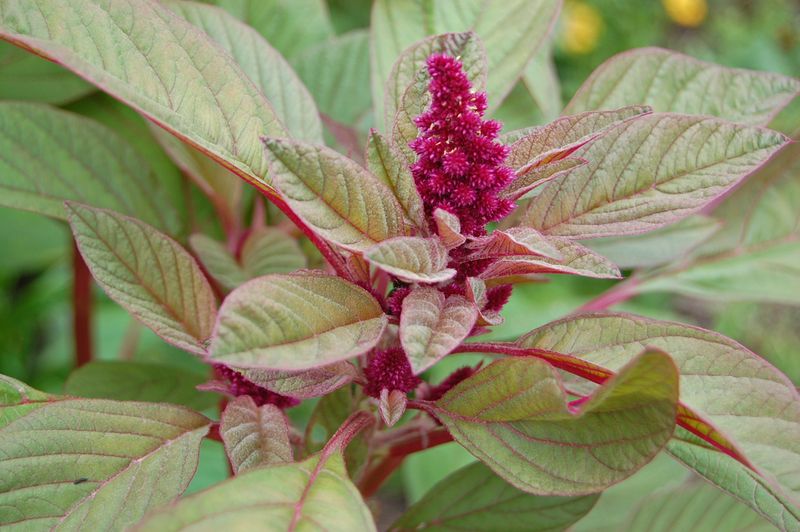
Shocking fact: that red-tinged weed in your garden might be the same plant that sustained Aztec civilizations! Wild amaranth’s leaves contain more protein than any commercial green, while its tiny seeds pack a complete protein profile similar to quinoa.
Young leaves taste similar to spinach and can be harvested throughout summer. The seeds require more effort – gather the flower heads after they’ve dried, then thresh to separate the tiny black seeds. Both leaves and seeds contain lysine, an amino acid often lacking in vegetarian diets.
9. Sorrel

Bite into a sorrel leaf and prepare for a zingy surprise! This lemony green contains natural oxalic acid that creates a mouth-puckering tartness perfect for brightening soups and sauces. French cuisine has celebrated sorrel for centuries in classic dishes like sorrel soup and salmon with sorrel sauce.
The heart-shaped leaves emerge early in spring, offering vitamin C when few other greens are available. Different varieties grow in woods, meadows, and even your lawn – each with slightly different flavors.
10. Purslane
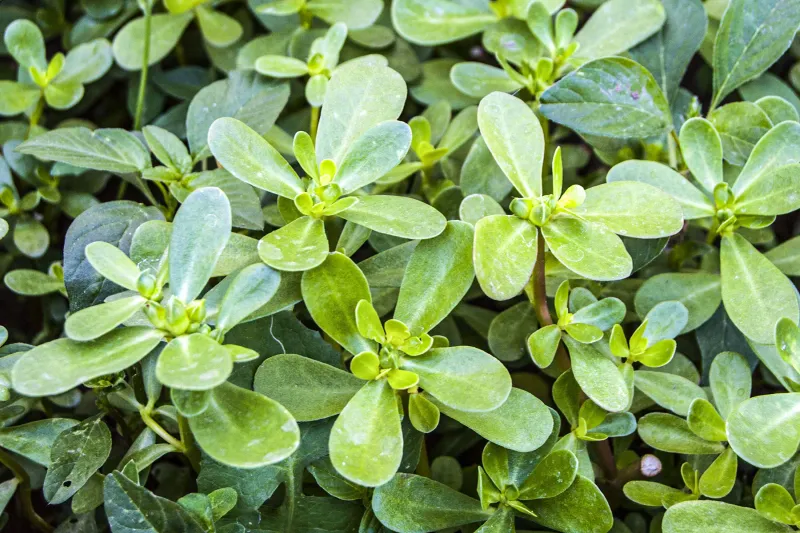
Gandhi called purslane a life-saving plant, and science proves him right! This succulent “weed” contains more omega-3 fatty acids than any other land plant on earth – the same heart-healthy fats found in fish oil. Its crisp, lemony leaves with a slight mucilaginous quality make it perfect for summer salads.
Purslane thrives in hot, dry conditions where other greens wither. Look for its reddish stems and paddle-shaped leaves sprawling across garden edges and sidewalk cracks.
11. Curly Dock
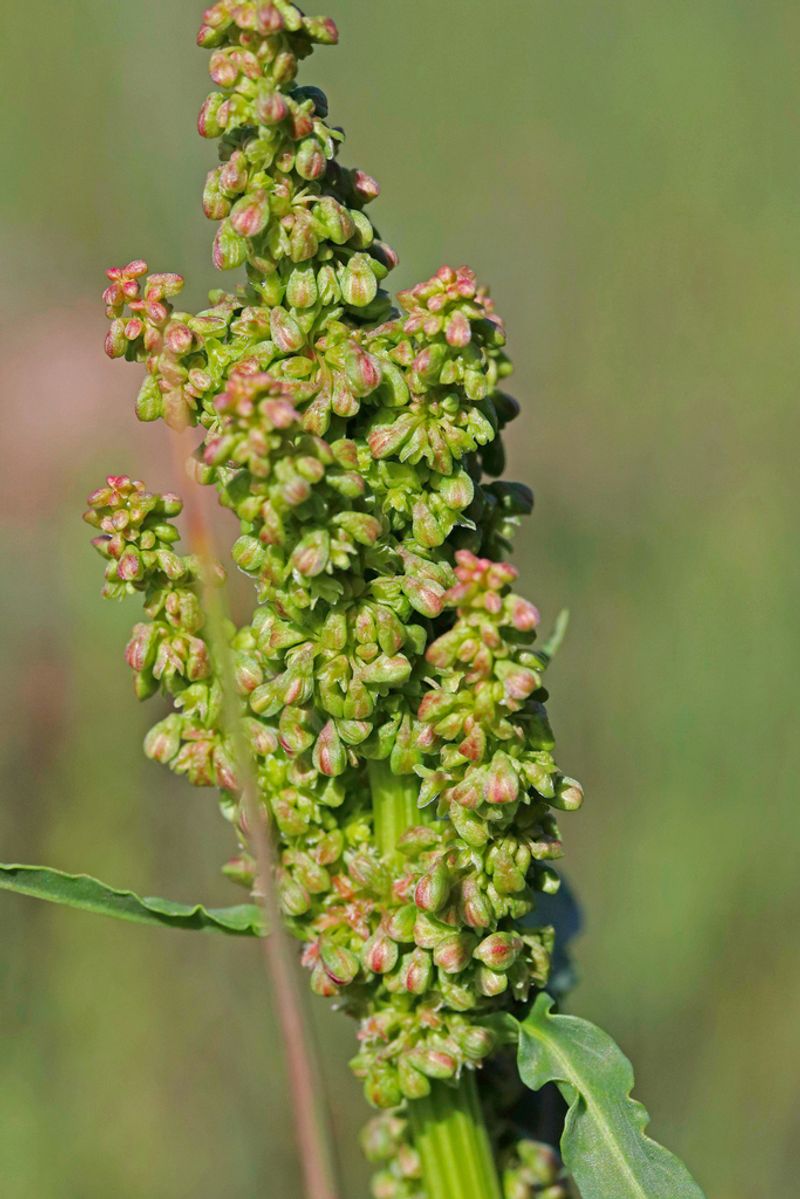
Hidden in plain sight, curly dock’s young leaves offer iron levels that put spinach to shame! This common roadside plant with its distinctive curly-edged leaves and rust-colored seed stalks was once a valued spring tonic across Europe and North America.
Harvest the tender young leaves in early spring before they develop too much oxalic acid and become bitter. The seeds can be ground into a nutritious flour rich in fiber and minerals.
12. Wild Garlic
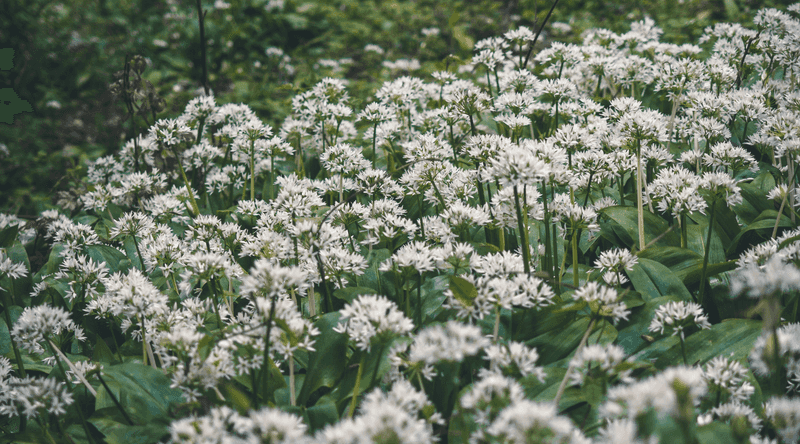
Walking through European woodlands in spring? That incredible garlicky aroma wafting through the air comes from carpets of wild garlic! Also called ramsons or bear garlic, this woodland treasure creates breathtaking white-flowered meadows under deciduous trees.
Unlike cultivated garlic, wild garlic’s leaves are the star of the show. They contain allicin – the same heart-healthy compound found in regular garlic – plus chlorophyll and vitamin C in abundance.
13. Morel Mushrooms
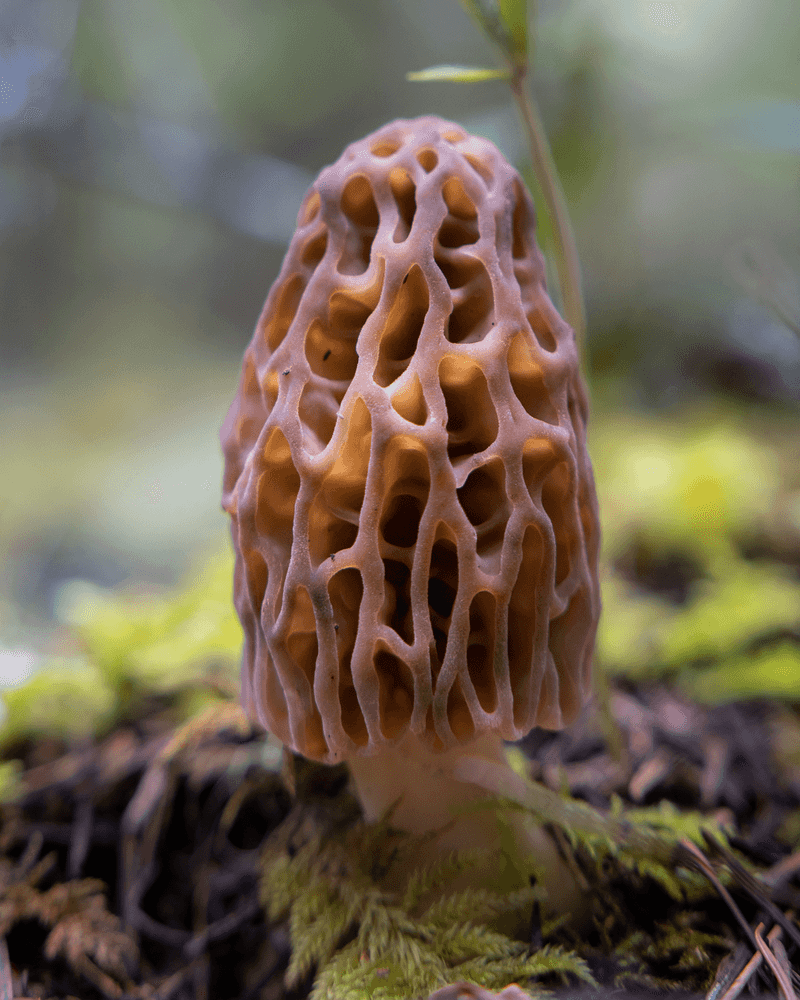
Mushroom hunters guard their morel spots more carefully than bank passwords! These honeycomb-capped fungi emerge mysteriously after spring rains, often near dead elm trees or in old apple orchards. Their nutty, earthy flavor has launched countless foraging expeditions.
Nutritionally, morels offer respectable amounts of vitamin D, iron, and copper. They’re also rich in antioxidants that may help fight inflammation.
14. Fiddlehead Ferns
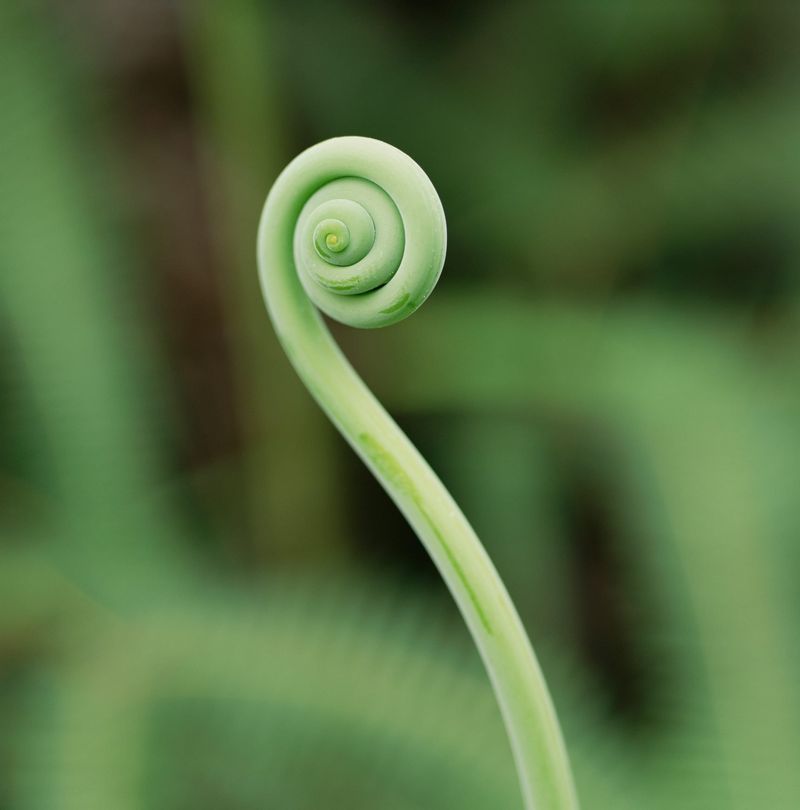
Eating fiddleheads feels like tasting dinosaur food! These tightly coiled fern tips emerge for just a few weeks each spring, offering a flavor somewhere between asparagus, artichoke, and nuts. Their distinctive spiral shape resembles the scroll on a violin – hence the name.
Not all ferns are edible, so stick to harvesting ostrich fern fiddleheads, identifiable by the deep U-shaped groove on the inside of the stem. They’re packed with omega-3 fatty acids, antioxidants, and fiber.
15. Beech Nuts
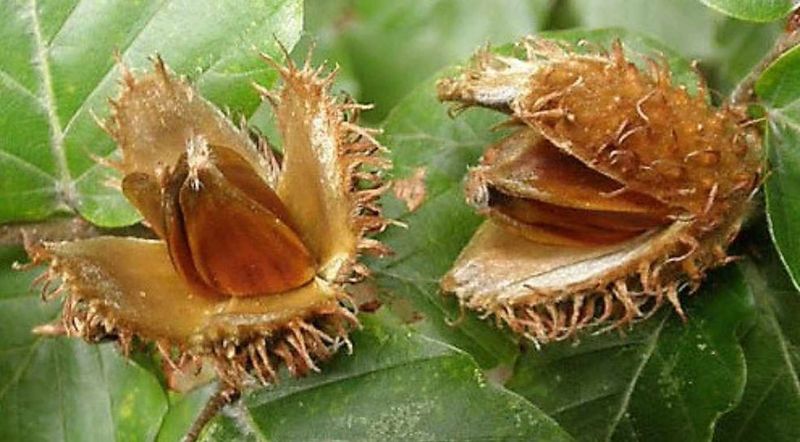
Squirrels know what humans have forgotten – beech nuts are delicious! These small triangular nuts hidden inside spiky husks were once so valuable that European farmers fattened pigs on them before slaughter, creating prized “beech-finished” pork.
Cracking their thin shells reveals a sweet, oily kernel with a flavor reminiscent of mild hazelnuts. Beech nuts contain significant protein, healthy fats, and minerals like magnesium and phosphorus.
16. Watercress
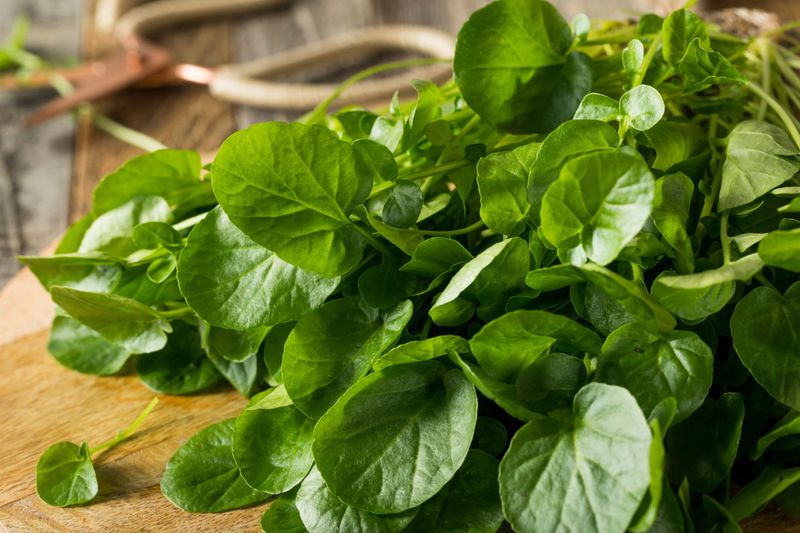
Forget kale – watercress topped the CDC’s list of nutrient-dense foods! This peppery aquatic plant contains more calcium than milk, more iron than spinach, and more vitamin C than oranges. Romans and Greeks considered it a symbol of strong character, while Native Americans used it to treat liver and kidney problems.
Growing in clean, flowing streams, watercress forms floating mats of round leaves on hollow stems. Its distinctive spicy flavor brightens salads and sandwiches.
17. Toothwort
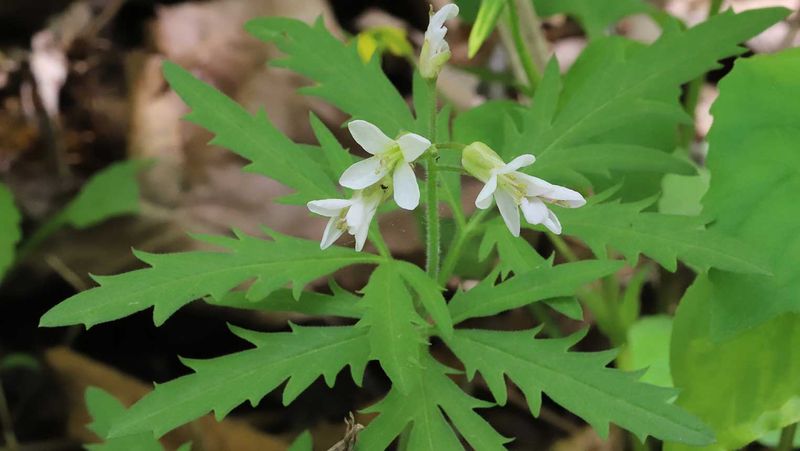
Beneath the forest floor lies a spicy secret! Toothwort’s knobby white rhizomes pack a horseradish-like punch that Native Americans used for toothaches (hence the name). The delicate white flowers appear briefly in early spring before tree leaves block the sunlight.
Part of the mustard family, toothwort contains similar compounds to its relatives – broccoli and cabbage. These glucosinolates may help fight cancer and reduce inflammation.
18. Chicken Of The Woods
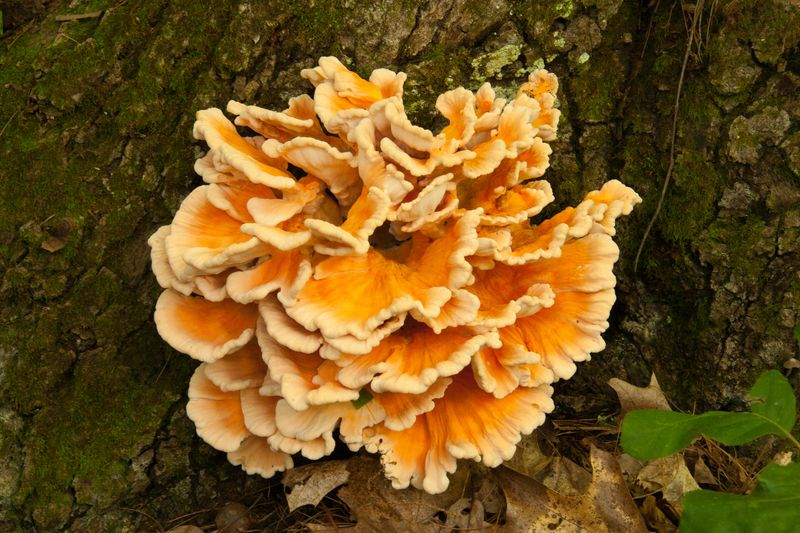
Stumble upon a bright orange-yellow shelf mushroom on a tree trunk, and you might have hit the forager’s jackpot! Chicken of the Woods earns its name honestly – when properly cooked, its meaty texture and flavor remarkably resemble chicken breast.
Beyond its culinary appeal, this distinctive fungus offers impressive protein content for a mushroom – up to 14 grams per cup! It also contains potassium, vitamin D, and antioxidant compounds.
19. Goosefoot
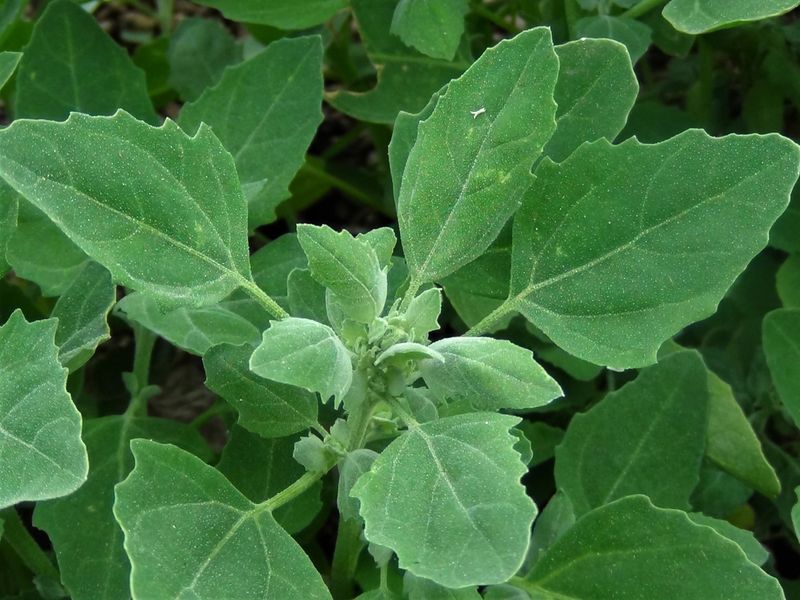
Named for its distinctive leaf shape resembling a goose’s foot, this wild green was once a staple across Europe and North America before modern agriculture. Its leaves offer a mineral profile that puts supermarket greens to shame – especially in magnesium, potassium, and calcium.
Often confused with lamb’s quarters (they’re close relatives), goosefoot has a similar mild flavor perfect for salads when young or as a cooked green when mature. Ancient peoples harvested its tiny black seeds as a grain substitute.
20. Yarrow
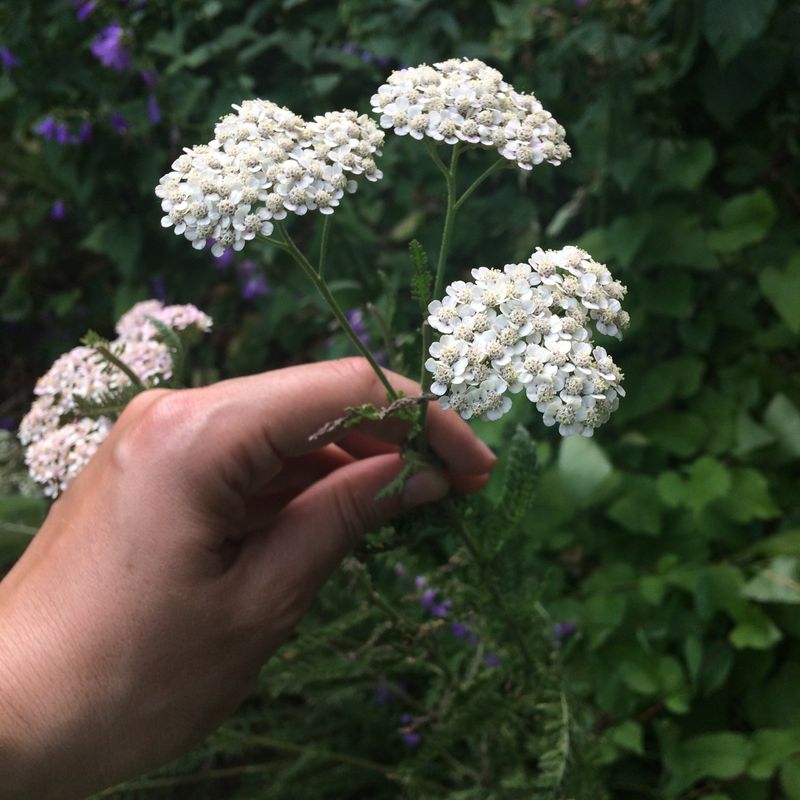
Soldiers throughout history carried yarrow into battle! This feathery-leaved plant with its flat-topped white flower clusters earned the nickname “soldier’s woundwort” for its remarkable ability to stop bleeding. Achilles supposedly used it on his warriors – hence its scientific name, Achillea millefolium.
Beyond battlefield medicine, yarrow offers impressive nutritional benefits. Rich in flavonoids, it helps reduce inflammation and fight free radicals. The young leaves can be eaten sparingly in salads, while the flowers make medicinal tea.

